Why and When to Use a Defibrillator?
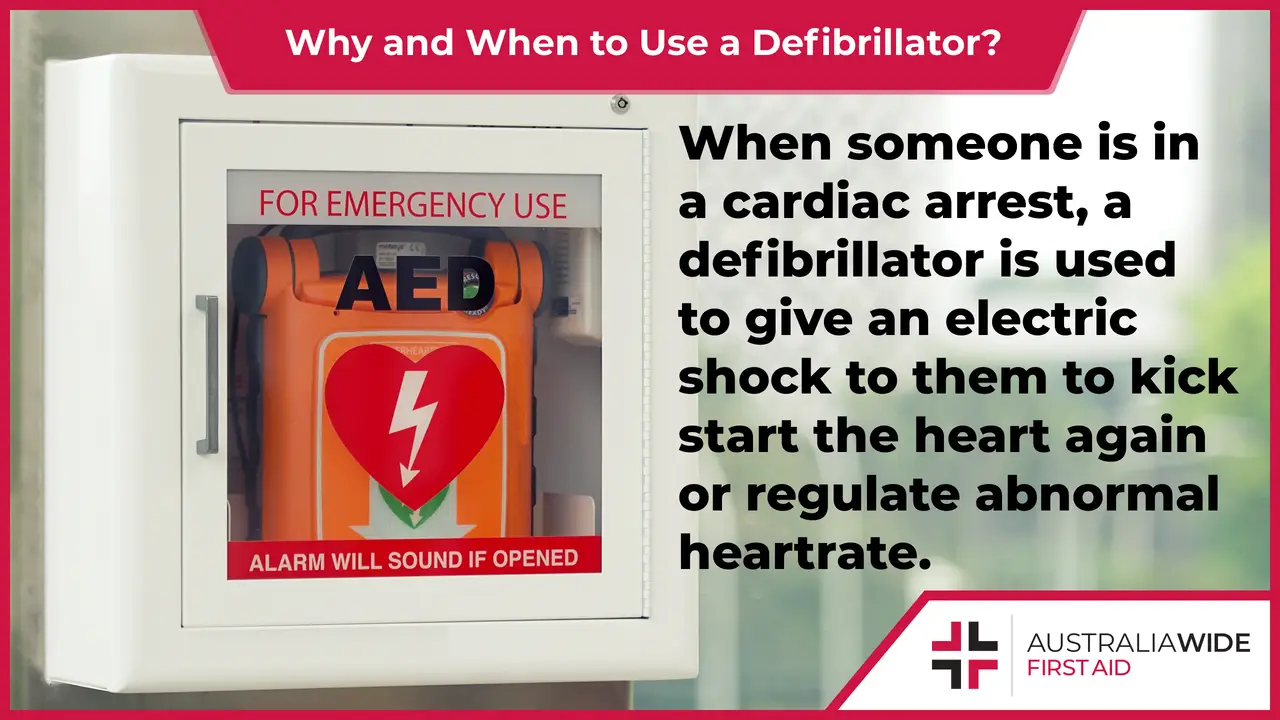

When someone is in a cardiac arrest, a defibrillator is used to give an electric shock to them to kick start the heart again or regulate abnormal heartrate.
Defibrillators greatly increase the chance for surviving a cardiac arrest. A study by the American Heart Association found that 66% of individuals that experienced a cardiac emergency in public survived after being defibrillated while waiting for emergency responders.
A defibrillator is a device that provides a high current of electric shock to restart or restore normal heart rhythm. Because cardiac arrests can potentially be fatal, using this device can help someone survive a sudden cardiac emergency.
There are three types of defibrillators, implantable cardioverter defibrillators, wearable cardioverter defibrillators, and automated external defibrillators.
These defibrillators are small, battery-powered devices that are inserted in the chest of patients and monitored by healthcare professionals. These are used on patients that have previously experienced a heart attack or have arrhythmia. This helps regulate heartrate to prevent a sudden cardiac arrest from occurring.
Like ICD, these defibrillators are worn by individuals who have had a history of heart attacks or arrhythmia. They are also provided and monitored by medical professionals. The main difference is that these defibrillators are not implanted but worn externally. They are also used by patients who are recovering from a heart attack or have recently had a transplant.
These defibrillators are machines that are used to provide electric shocks when sudden cardiac arrest occurs. These devices are usually found in public areas and used in case of emergency. Rather than healthcare professionals, these machines are designed to be used by the layperson to restart normal heart rhythm.
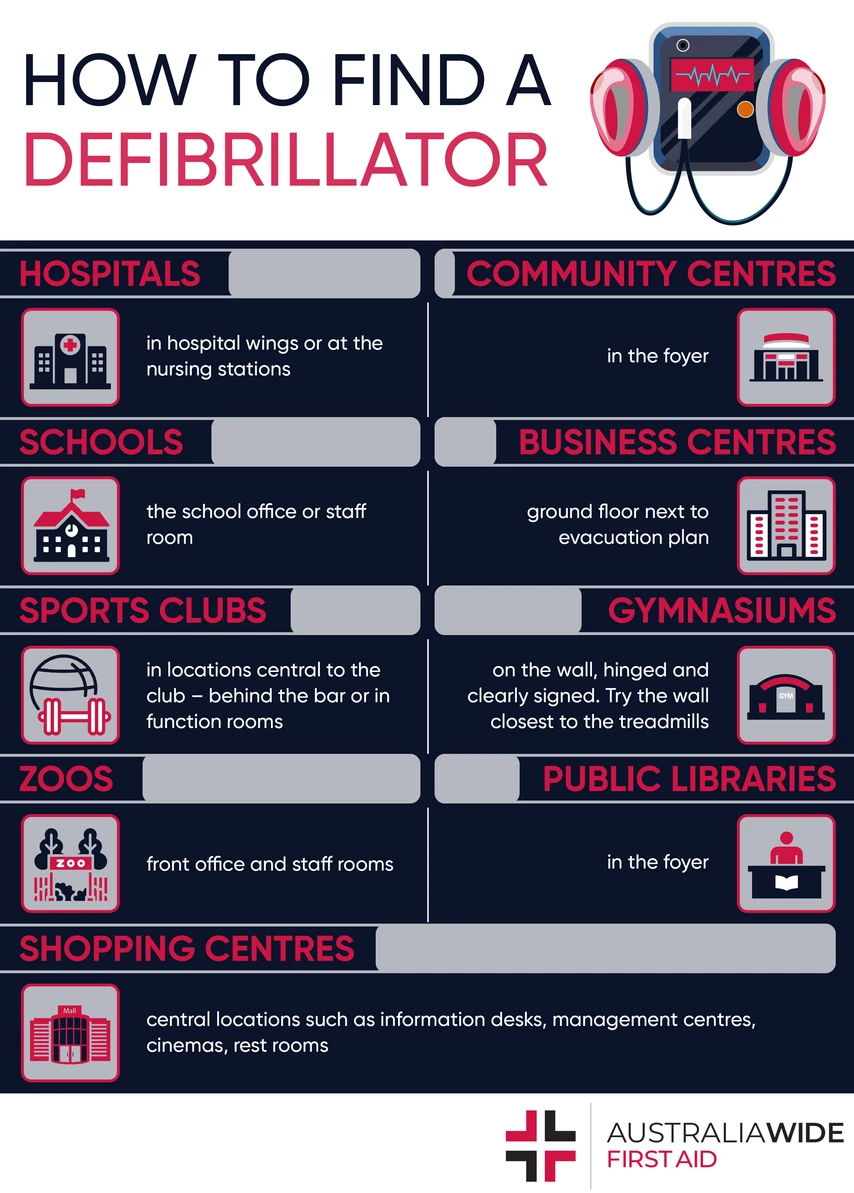
A defibrillator is only used when sudden cardiac arrest occurs. Using it in any other health emergencies can cause major complications.
Being able to recognise a sudden cardiac arrest can help decrease the time it takes to use a defibrillator on the individual. If the individual is unconscious, has no pulse, and is not breathing or has difficulty breathing, they may be experiencing a cardiac arrest. Try triggering a response from them by shaking, pinching, or shouting at them. If there is still no response, now would be a good time to perform CPR, use a defibrillator, and call the emergency hotline.
While waiting for someone to find you a defibrillator or for medical professionals to arrive, start performing CPR on the individual. CPR provides a temporary assistance to the individual undergoing a cardiac emergency. Here are the steps to providing someone with CPR.
Not all situations require resuscitation. Some things you may need to look out for before you perform CPR are:
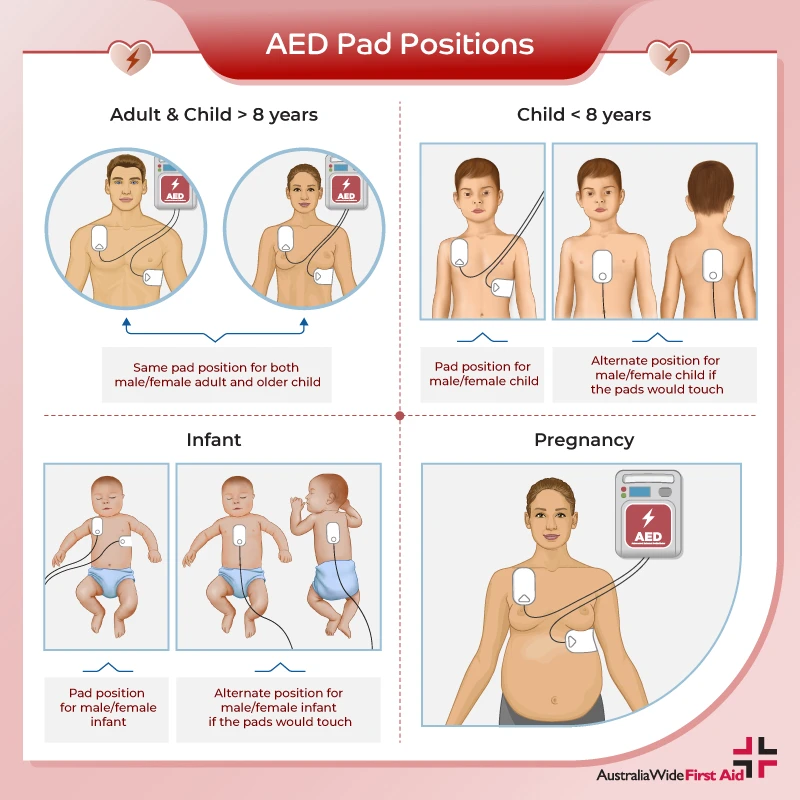
Once you have a defibrillator on hand, you may commence defibrillation. Here are the steps to using a defibrillator:
Some cardiac emergencies may require special considerations. Here are some situations that may call for more attention:
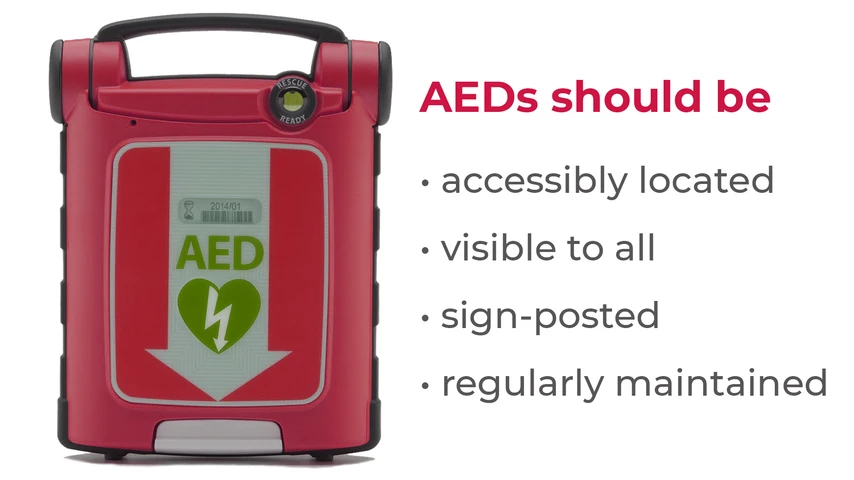
A defibrillator must be used as soon as possible when someone is experiencing a cardiac emergency. The longer it takes for a defibrillator to be used lowers chances of surviving a cardiac arrest. While defibrillators are more common in busy, population dense areas, it is more difficult to find them in rural areas. Typically, rural areas have a higher proportion of older people who tend to be more vulnerable to cardiac problems. Having more defibrillators in those areas will significantly reduce cardiac-related deaths.
CPR and AED are both important to resuscitating an individual who is experiencing a cardiac arrest. To learn more about proper AED and CPR training, head over to our AED and Cardiac Arrest First Aid articles.
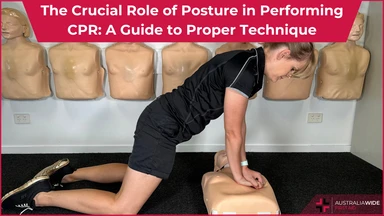
April 12, 2024
Cardiopulmonary resuscitation (CPR) is a critical lifesaving skill that can significantly improve the chances of survival for individuals experiencing cardiac arrest. While many people are trained in CPR techniques, the importance of proper posture during CPR cannot be overstated.
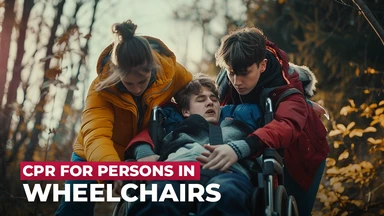
February 23, 2024
Despite its apparent simplicity, bystanders often delay providing CPR to people with special conditions such as those in wheelchairs. This delayed response may be due to a lack of knowledge on what to do in such situations or the perceived complexity of the procedure due to the casualty's condition. However, the CPR principle remains the same for all casualties, whether they are in wheelchairs or not.

November 1, 2023
In this spine-tingling journey of resuscitation, maintain your grim composure, for you tread the precipice between the realms of life and death. Whether you are a mere mortal or a master of the macabre arts, remember that your actions can either prolong existence or plunge it further into the abyss. Proceed with a sense of dread, for you stand at the precipice of despair.